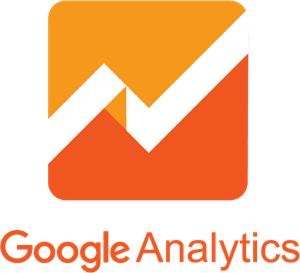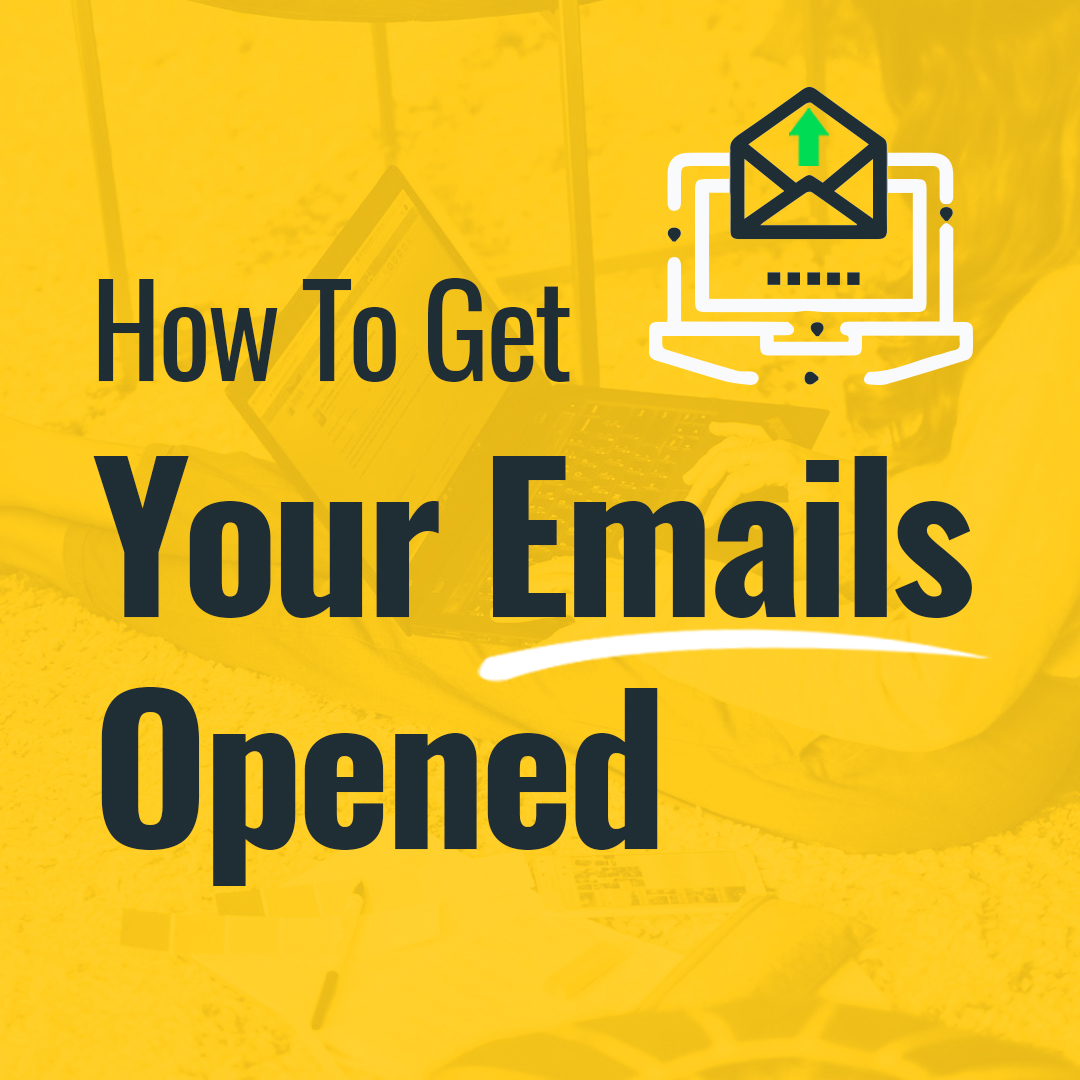How to succeed with Facebook ads: The Definitive Facebook Ads 101 Guide
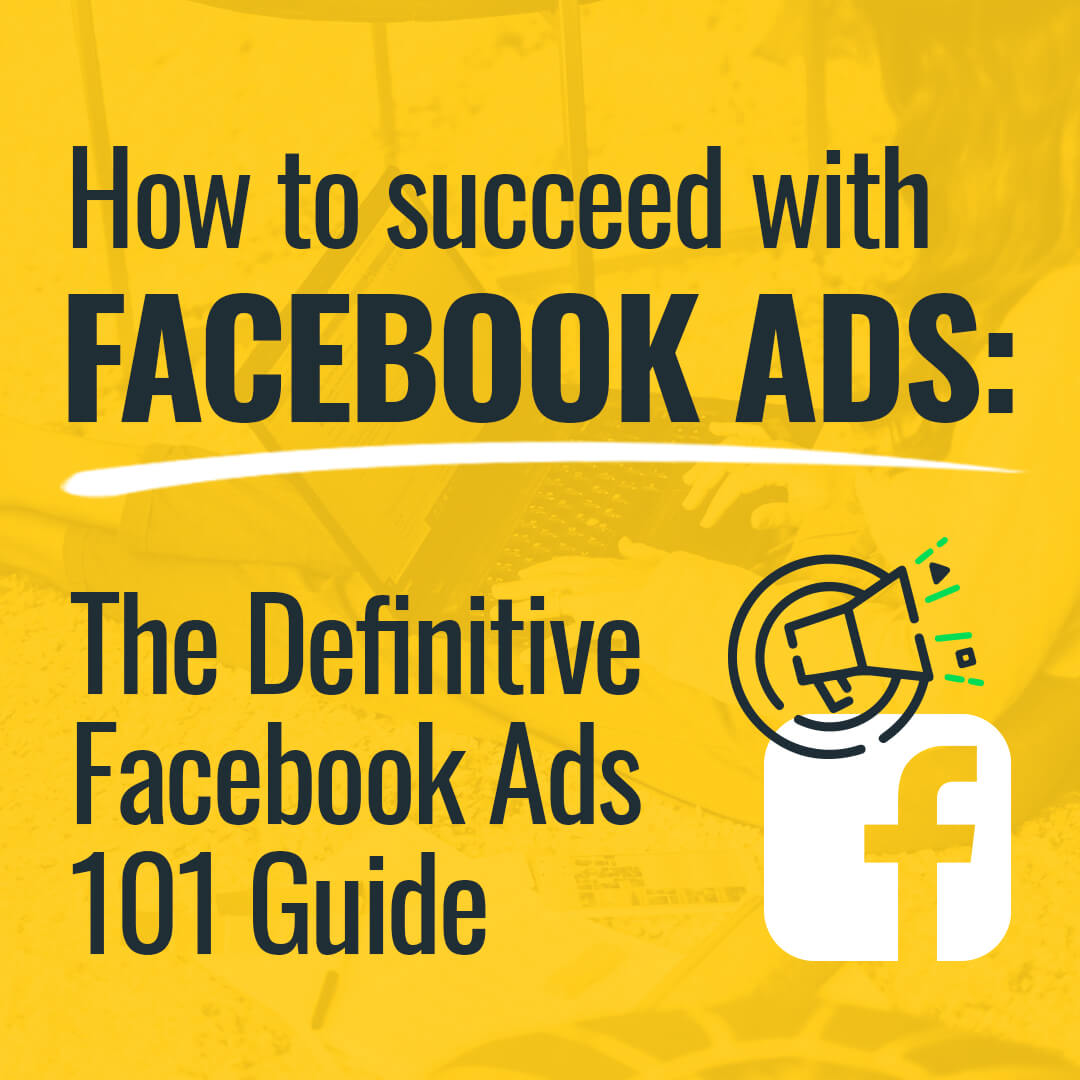
In this 3 part How to succeed with Facebook ads: The Definitive Facebook Ads 101 Guide we will walk you through everything you need to know about Facebook advertising.
From advertising basics, planning, optimizing, and advanced strategies.
Facebook, as of writing, is the largest social media platform in the world and growing.
The chances of finding your ideal customers across their suite of platforms, such as Facebook and Instagram are very high.
If you have not advertised on Facebook yet, now is the time to change this. And don’t worry, it is not too late.
During this guide, we will walk you through what you need to do to get started and how to optimize your campaigns, plus more.
We will cover:
Setting advertising goals
The different Facebook Ad types
Facebook Ad campaign objectives: The basics
Lets dig in and start with
Set advertising goals
Quick questions to answer…
What do you want to achieve from advertising?
What does success look like for you and/or your business?
All businesses have some type of goal they want to achieve, such as
We want to hit $10m dollars in annual revenue this year.
We want to have 1000 new membership members by the end of the year.
The same process applies to advertising too and this is why it’s important to ask yourself “What do I want to achieve from advertising?”
Your answers might be,
increase sales or,
make my business more profitable.
The good news is, this is all possible with Facebook ads.
Firstly, we need to do some basic math and KPI setting.
Knowing your numbers is important before you start any form of advertising. Most advertisers skip this part of the planning and then end making a negative return on their advertising spend whilst scratching their heads.
If the outcome is sales generation, make sure you have the answers to (if you don’t have any sales data, just add what you would like to achieve instead):
What is your average order value (AOV) per transaction?
How much would a customer spend in a 12 month period, this is referred to as Customer Lifetime Value (LTV)?
Once you have the answers to these questions, you can note down some basic KPIs (Key Performance Indicators).
Let’s say, an average order value is $100 and the lifetime value is $1000 and you want 10 new customers a month.
You could set a KPI to acquire a customer at $100 per customer, in advertising terms, we refer to this as the Cost Per Acquisition (CPA).
To achieve 10 customers a month, you would need to spend $1000 dollars.
It may be you can’t achieve a CPA under $100 and that is okay, as you know your LTV numbers you are still, on average, able to achieve a positive return on investment as your LTV over 12 months is 10x the amount you are willing to spend acquiring a customer. Therefore, adjust your KPIs.
PRO TIP: KPIs will be your benchmarks until you can report on true data from your advertising reports.
KPI rules apply to sales enquiries or lead generation too.
For example
How many sales do you want to achieve per month?
What is your average order value?
What is your average customer lifetime value?
What is your enquire conversion rate?
Answers to the questions above will enable you to set some basic KPIs.
Other KPI’s could be based on how many website visitors you would like per month or how many people you would like to reach. There is no right or wrong answer to what you should aim to achieve as an outcome.
PRO TIP: What is important is setting some basic KPIs so you can measure your advertising performance.
Okay, the number-crunching bit is out of the way the next step is
Facebook ad types
As of writing, there 5 Facebook ad types/formats you can choose from. You can learn more about these and the latest ad types/formats here.
The list below is the most commonly used and in future parts of this guide, we will explain more about the others.
Let’s start with
Image
This is the most common ad type to use and is one of the easiest to put together.
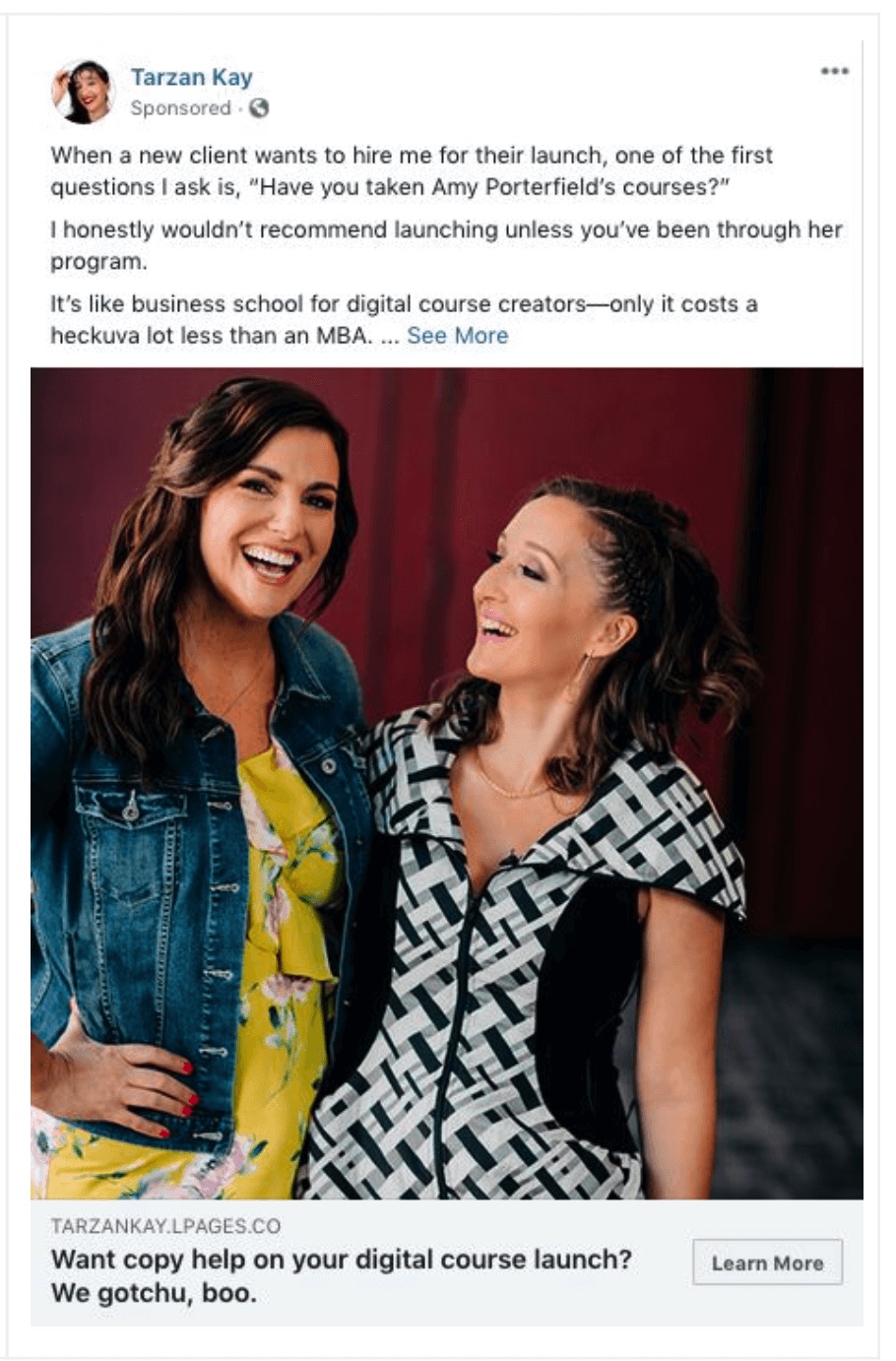 According to Facebook, they recommend using images to show off your brand or products. If you decide to use images we recommend using a mixture of static and motion images.
According to Facebook, they recommend using images to show off your brand or products. If you decide to use images we recommend using a mixture of static and motion images.
Motion allows you to bring the image to life and usually comes in the form of a GIF image.
In a nutshell, GIFs are like short videos without sound.
You can easily create gif images in Canva or hire an agency to create them for you… Contact us if you need help.
From our experience, we found GIF images perform 60% better compared to static images so it’s worth investing the time and/or money to create them.
If artwork or design doesn’t come naturally to you or you’re not equipped with pro graphic design software, We recommend looking at Canva.
Canva is easy to use and has 100s of design ideas you can use to create your own.
PRO TIP: If you are testing a new audience or don’t have much data to determine what graphic creatives work, we recommend starting with the image ad type. From our experience, it takes less time to make and usually more cost-effective
Image recommendations
- Recommended image size 1200 x 628 (However recent split testing shows 1000 x 1000 square works well on mobile).
- Avoid adding more than 20% text to the image
Next up is
Video
This is one of our favorite ad types and like GIF images and almost outperforms static image ads every time.
Video helps you stand out from the crowded newsfeed and that is important as you want your audiences to see your brand, product, or offer.
If you want people to remember your brand then video ads are the best way to deliver that.
As the internet gets faster and technology, such as smartphones get better, video will be more widely available to view and consumable
 PRO TIP: Videos ads don’t start with sound, so it worth adding captions for your audience to understand more about what story the video is telling.
PRO TIP: Videos ads don’t start with sound, so it worth adding captions for your audience to understand more about what story the video is telling.
Over the past few years, we have seen a huge increase in advertisers using video and this is only going to increase as time goes on.
Videos are far less complex to create compared to a couple of years ago. Most smartphones have apps that allow you to edit recorded videos and optimize them for Facebook ads.
You don’t need a studio to produce high-quality video and most of the time using an iPhone to record a vodeo is good enough.
You can use video editing software like iMovie to makes changes, add sound effects, and much more.
Hiring an agency isn’t as expensive nowadays either. If you need help or want some inspirational creative ideas on creating videos, we would be happy to help.
Video requirements
- Minimum resolution: 1080 x 1080 for all placements.
- File type file types, but MP4, MOV, or GIF are recommended for all video ad placements.
- Aspect ratios: 16:9 (horizontal) to 9:16 (portrait) are supported for in-feed ads, but Facebook recommends 4:5 for in-feed ads; otherwise, you may get black bars on either side of the video. Other ad placements may have different requirements.
- Video length: One second to 241 minutes for in-feed ads. This varies by video placement.
- Max file size: 4 GB for all placements.
The final ad type we are going to talk about in this guide is
Carousel
Carousel ads work best when you want to show off multiple products or if you want to highlight certain features of your product.
We use Carousel ads when running retargeting campaigns.
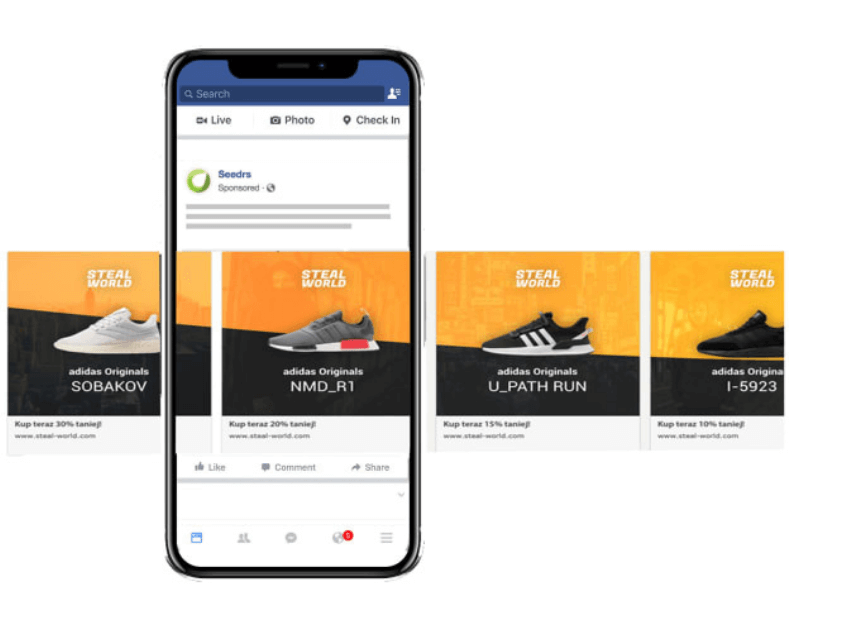 For example, someone visits a webshop with multiple products displaying but they leave without making a purchase.
For example, someone visits a webshop with multiple products displaying but they leave without making a purchase.
You can set up a Carousel ad retargeting people that visited the webshop and didn’t purchase.
Carousel ads allow you to display up to 10 images or videos in a single ad. This means you can promote up to 10 products that may have been seen by your webshop visitors.
Each of the 10 images or videos can have its own call-to-action (CTA) aiming to get the person to visit the webshop again, only this time the CTA could be an offer of 10% off their next order.
Carousel ads can work for cold audiences too and you can showcase your brand, product, or offer based on the different interests your ideal customer may have.
PRO TIP: We mainly use Carousel ads to demonstrate proof that what the brand is selling works. We show the ads to people that have already engaged with the brand.
Now it’s time to put your creative mind on and pick an ad type…
Up next is
Facebook Ad campaign objectives: The basics
There are a lot of outcome options to choose from when it comes to advertising.
Facebook refers to these as Objectives.
This is one of the most common Facebook Ad setup issues we come across when asked to audit active Facebook advertising accounts. What us to audit yours book a free brainstorm session
Objectives in Facebook terms stand for the outcome you would like Facebook to optimize for.
In other words, if your outcome is to drive traffic to your website. Setting the objective for traffic means Facebook will find people more likely to visit your website within the audience you are targeting.
There are three Objectives Facebook Ads offer
Awareness
This allows you to put your brand and/or product in front of your target audience to generate interest.
The ads will be optimized to reach as many people for the advertising spend allocated. Typically, this ad objective is used to keep people on the Facebook platforms rather than push people to your website.
Works perfectly if you don’t have a website at this stage.
Consideration
This allows you to reach your target audience in a similar way to Awareness only this time the outcome would be to get people to consider your brand and/or product.
You can drive traffic to your website and Facebook will optimize the advertising reach to people that are more likely to click through to your website.
Conversion
This is one of the most common objectives advertisers choose when advertising on Facebook. You can use this objective to generate enquiries/leads and website sales from your web store.
Facebook will optimize the advertising reach to people that are more likely to provide you their contact information or make a purchase.
I want to reach more of my ideal customers or I want to raise more brand awareness for my brand/business, then we would recommend using the Consideration objective and drive traffic to your website.
We found this type of objective works better versus Awareness as Facebook optimizes to reach people that are more likely to engage with your brand.
PRO TIP: If you are a local business serving your local area, then Awareness might suit you better as your audience size might be small compared to a national size.
So back to the question we mentioned further up
“What do I want to achieve by running Facebook Ads?”
By now, you should have a better understanding of what your KPI goals are in order to measure the results against, which ad type you want to start with, and what objective Facebook is going optimize results for.
We hope this helps you get on your way to mastering the Facebook ads basics.
Make sure you check back here again as we are always updating this guide with the latest Facebook ad trends.
Part 2 & 3 of the How to succeed with Facebook ads: The Definitive Facebook Ads 101 Guide will be added shortly.
If you’re stuck or would like us to check your ads book a free brainstorm session and we’ll look at your business directly and help you make the best decisions.
Talk soon!
We have been Bryan’s client for 4 plus years… he and his team have been a great ongoing support for us… especially with our “last minute” requests. Bryan goes out of his way to help us with our many promotions throughout the year… and troubleshoot any tech issues… His infinite knowledge of InfusionSoft is great. I highly recommend BrandSpin for your online business needs! Thanks BrandSpin; we love you!

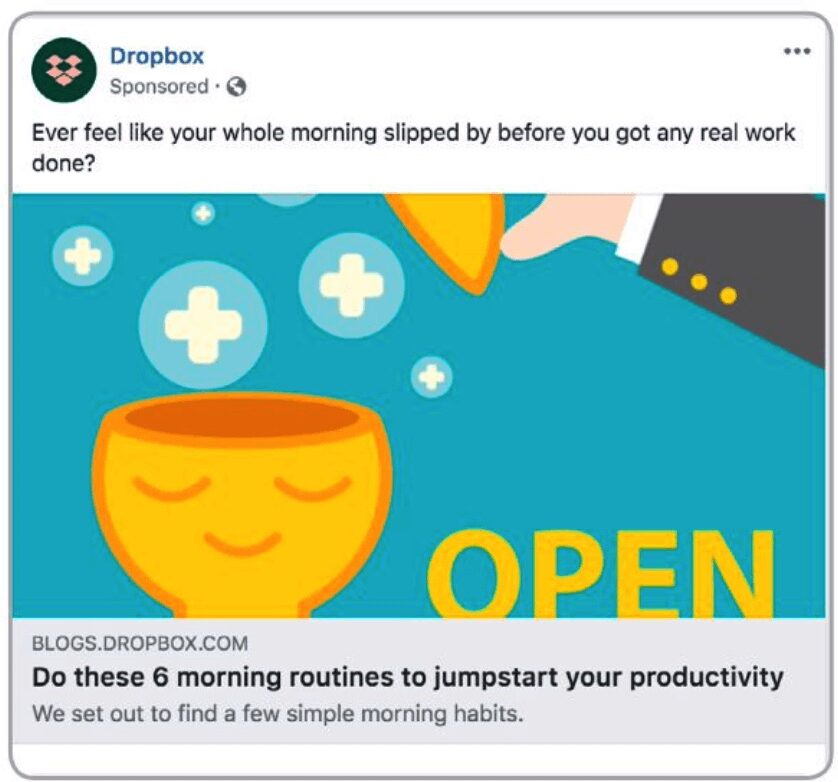
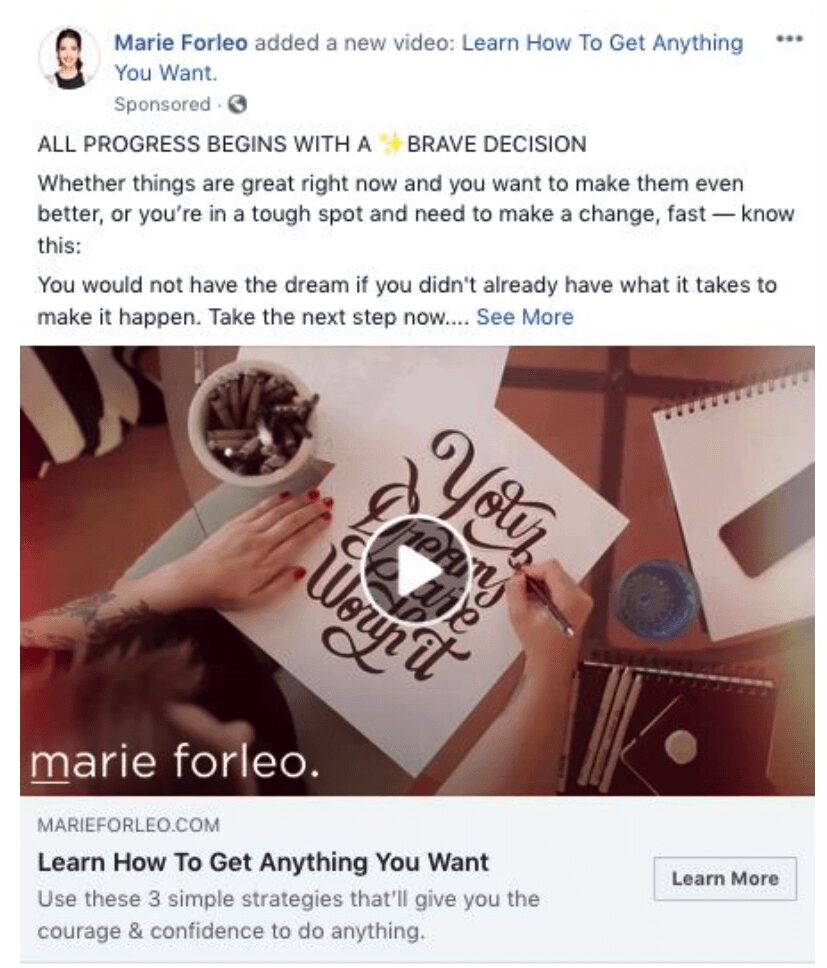 PRO TIP: Videos ads don’t start with sound, so it worth adding captions for your audience to understand more about what story the video is telling.
PRO TIP: Videos ads don’t start with sound, so it worth adding captions for your audience to understand more about what story the video is telling.